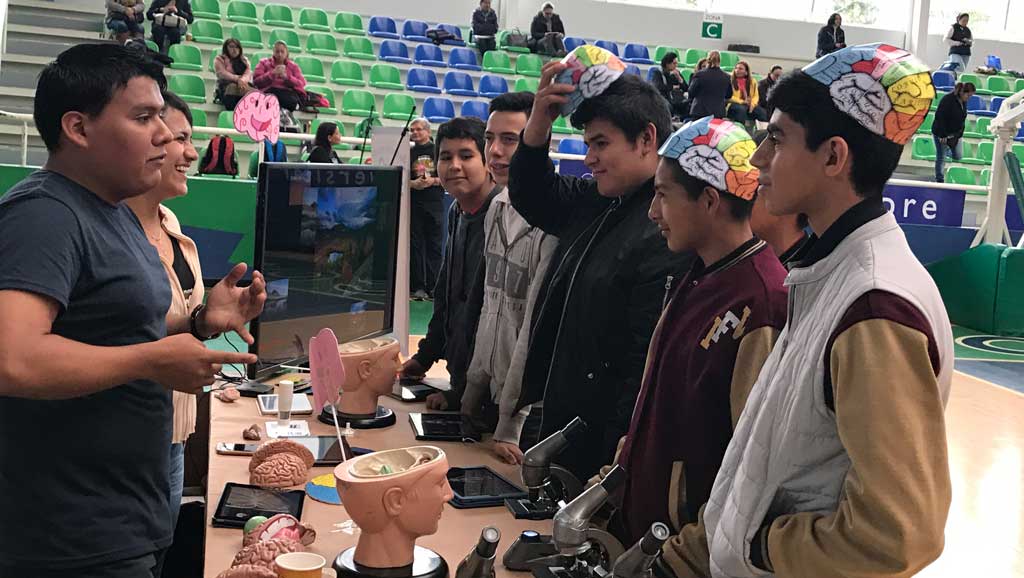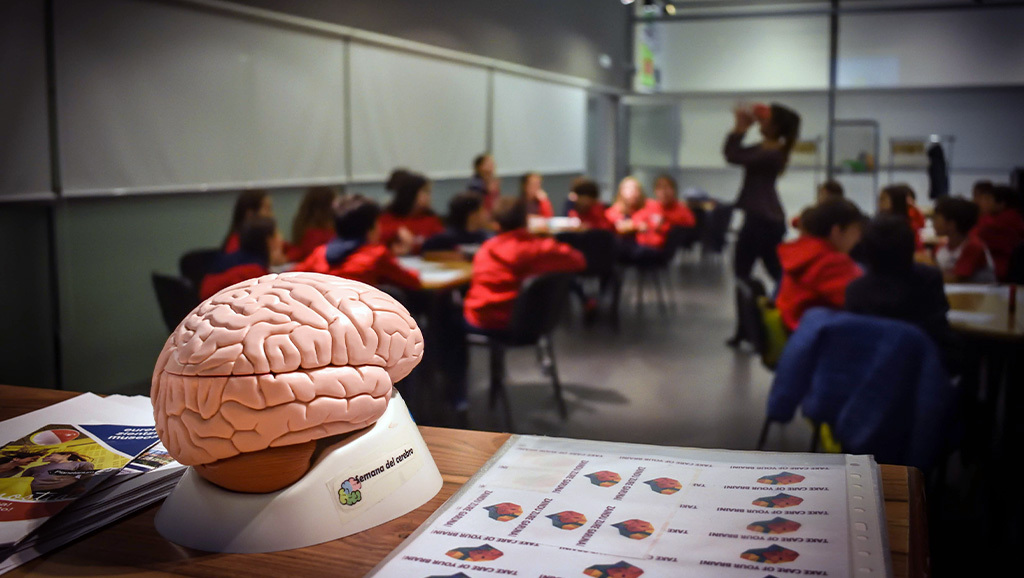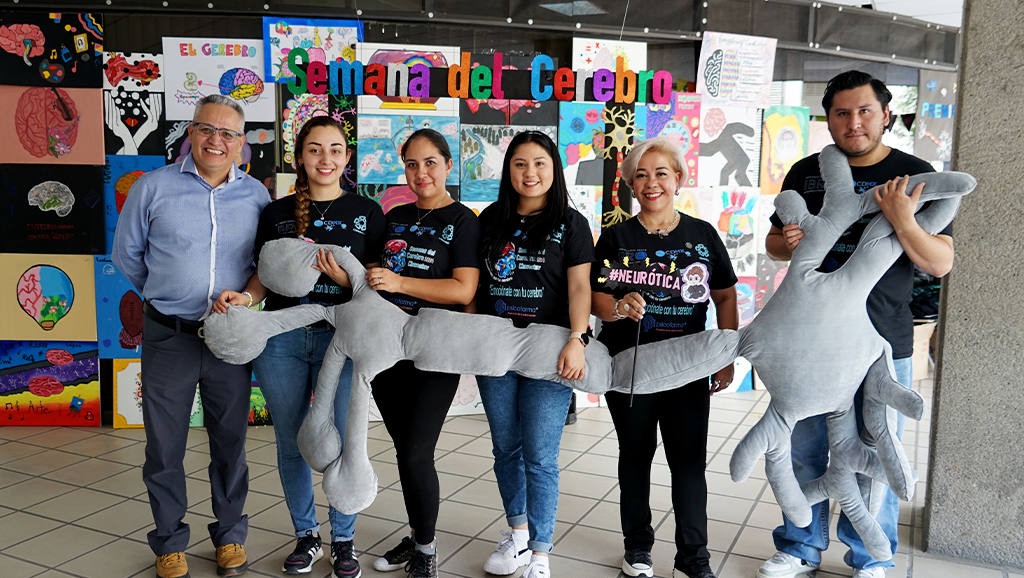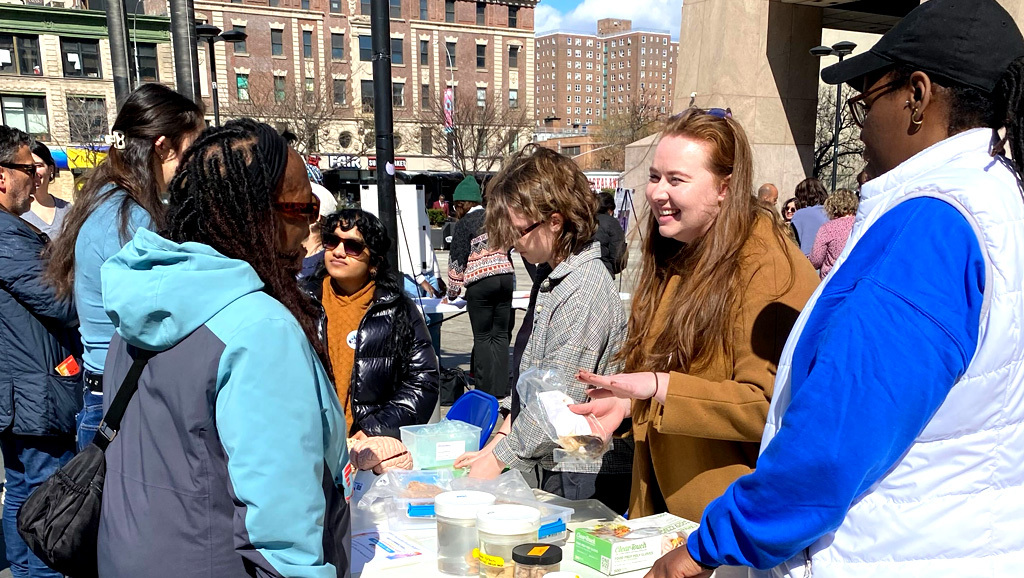This is the third and final interview in a series of Brain Awareness Week Q&As, in which organizers share their experiences and tips for planning successful events. Dra. Ma. Rebeca Toledo Cárdenas is a professor and researcher at the Centro de Investigaciones Cerebrales at the Universidad Veracruzana in Mexico.
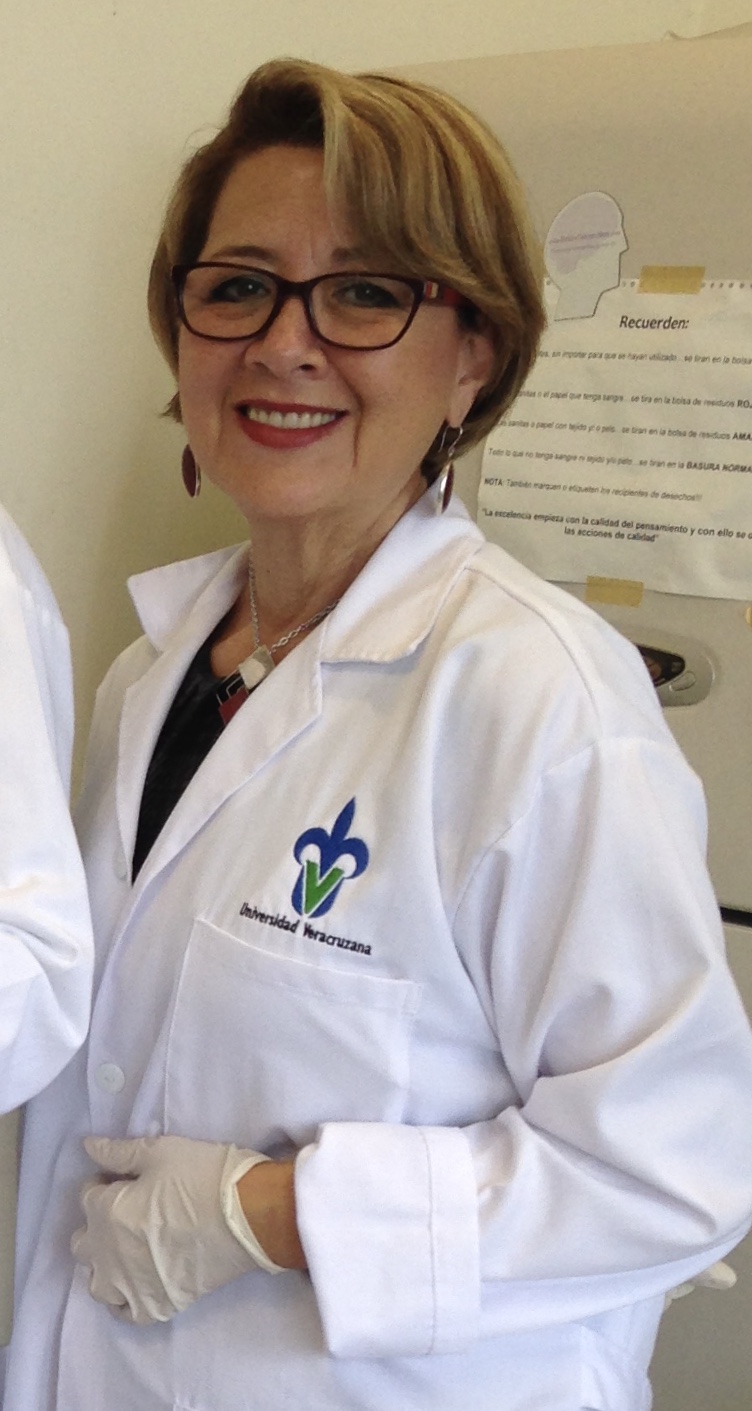

Last year, the Centro de Investigaciones Cerebrales of the Universidad Veracruzana celebrated its tenth anniversary as a Brain Awareness Week organizer. Can you tell us how you celebrated and what kind of events were held?
The organization of this program began with the consensus and participation of all the researchers at the Centro de Investigaciones Cerebrales of Universidad Veracruzana (CICE-UV), as well as an important group of enthusiastic graduate and undergraduate students. This teamwork has allowed us to remain in the presence of the public during these ten years.
The organization of “Brain Awareness Week, Xalapa, 2017″ began in January of the same year, with the organization of the working groups, invitations to participating speakers, and the logistics to use the facilities for the event. Xalapa was one of the 20 Mexican cities to organize Brain Awareness Week and remains the only city in the state of Veracruz to organize a program with the support of the Universidad Veracruzana.
Our program was attended by special guests from the Universidad Autónoma de México (UNAM) and the Benemérita Universidad Autónoma de Puebla (BUAP). We also had an important group of students, administrative support staff, and volunteers from the Universidad Veracruzana. Under the title “10 Years Celebrating the Brain,” we spoke about the magnificence of our brains, explaining the set of scientific disciplines that study the structure and function of the organ.
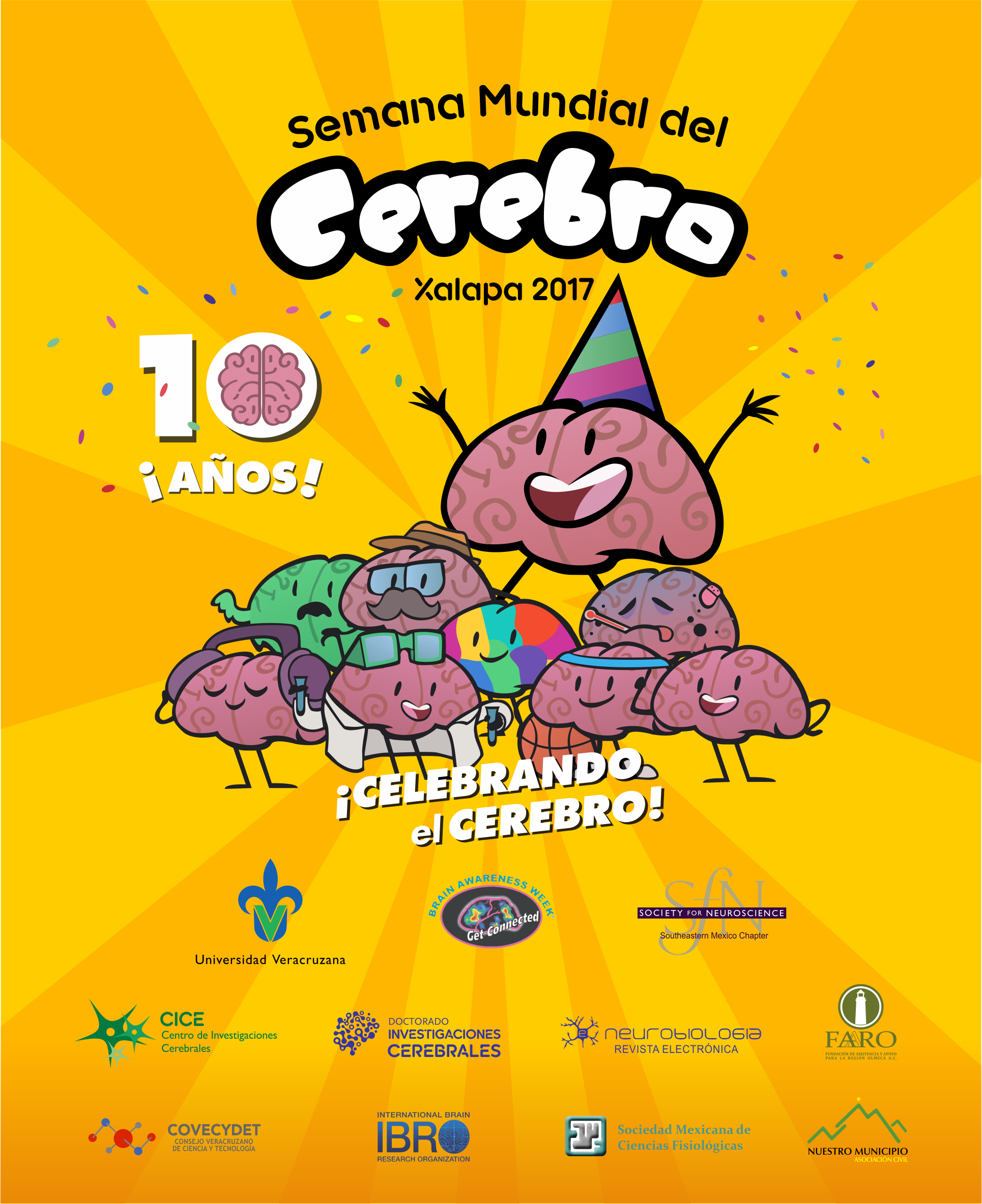

Poster for the tenth anniversary of Brain Awareness Week in Xalapa. Photo courtesy of Universidad Veracruzana.
The activities were aimed at all types of audiences, and, in particular, children and young students, who every year attend in large numbers. The program included lectures by specialists, round tables, leisure activities, workshops, and poster displays. We share—with objectivity but also with sensitivity—what is known about the prevention, development, and treatment of some neurodegenerative diseases that affect the population in our state of Veracruz, Mexico.
In 2016, you explored what it means to be a neuroscientist–the levels of education, but also how within the field, people vary widely in their areas of specialization. As calls increase for scientists to communicate and collaborate across disciplines, how important is it to have these types of discussions?
During these ten years, we have emphasized that knowledge cannot be generated with a single experimental procedure—the interaction of different disciplines is not an option, but a must. With the theme, “I want to be a neuroscientist,” we tried to answer some questions students ask themselves when choosing a career, a postgraduate position, or a specialty. What sparked your interest to study the brain? Why does a doctor, a veterinarian, a computer scientist, a robotic specialist, or a physicist experience the same fascination when entering the complex study of the nervous system? The reality is that neuroscientific research should not be approached from a single perspective. The construction of knowledge must occur through cooperation and feedback from different fields.
Tell us what you have planned for Brain Awareness Week 2018.
The Universidad Veracruzana is an institution rich in artistic and cultural manifestations. There is a very outstanding population of students who, together with specialists of national and international recognition, are being trained in dance, theater, plastic arts, and music. This community of consolidated artists will join with us to celebrate our Brain Awareness Week 2018.
The fundamental purpose of this interdisciplinary collaboration is to establish a dialogue between science and art, which allows for reflection and promotes creativity and productivity in these two areas of work that, although they seem to be at opposite poles, share the same interest to go further together. With this aim, the eleventh edition of our Brain Awareness Week will offer talks and demonstrations that will allow people to see art and neuroscience in simultaneous action.
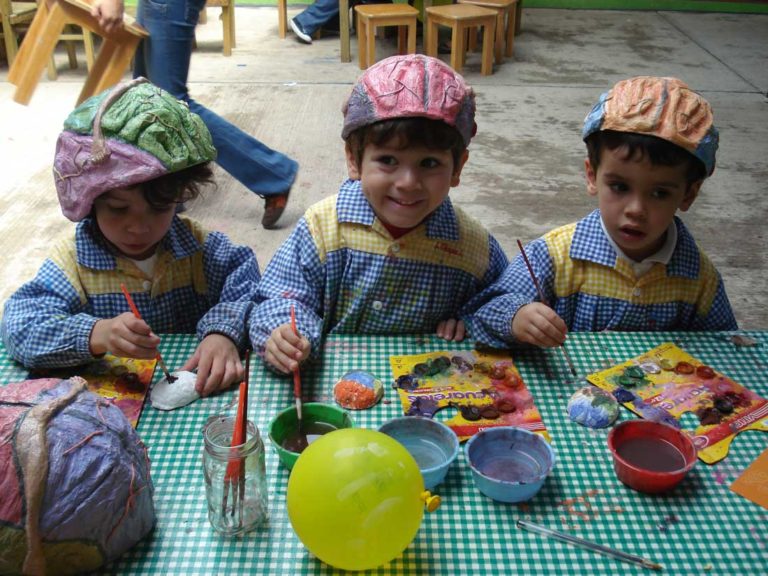

Photo courtesy of Universidad Veracruzana
We want to awaken the curiosity of the public by showing, for example, the brain activity of a musician in full execution, by placing a wireless electroencephalograph on his head. What happens in the artist’s brain while performing a piece of music? While performing a dance movement? What happens in a spectator’s brain when emotions of joy or sadness arise in front of an artistic manifestation? We believe that exploring and explaining these phenomena will be very enriching and revealing for an audience.
Does your institution have any online resources you would like to highlight that might be interesting to the public, or helpful to other partners in their outreach?
Through Brain Awareness Week, our team has generated a number of products that have locally impacted our community. The first one is a Spanish translation of the sixth edition of the book Brain Facts, with the permission (© 2008) from the Society for Neuroscience.
The second book, 10 Years Celebrating the Brain, fully compiles the experience of organizing Brain Awareness Week. This book is a true compendium of the topics that we have found are of the most interest to our community. It also explains the work and dedication required to carry out these kind of events, which makes it a valuable resource for young science communicators. In addition, several links on our website are dedicated to the work we do as communicators. There we show photographs, videos, interviews, and reviews of neuroscience for every interested audience.

